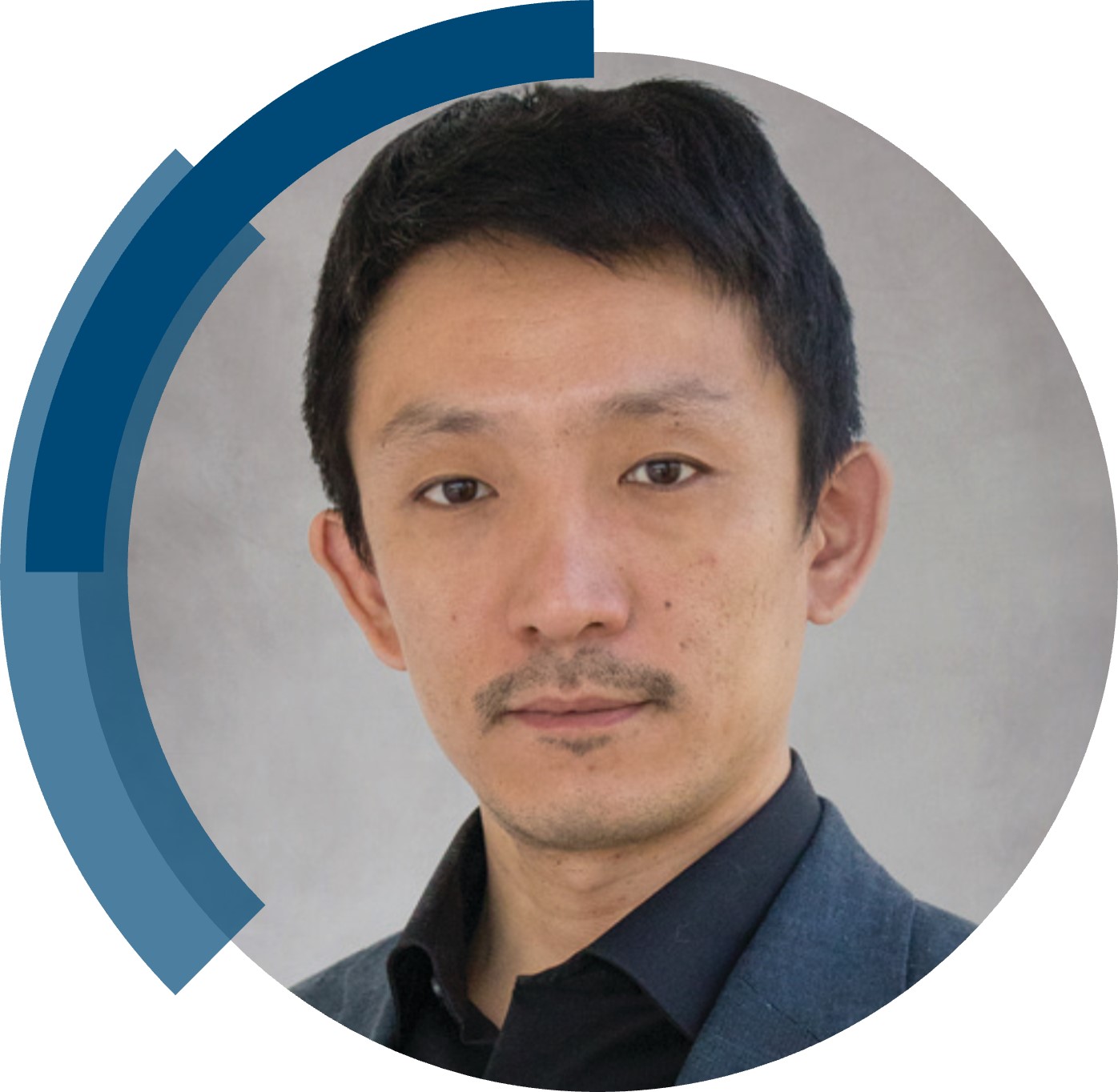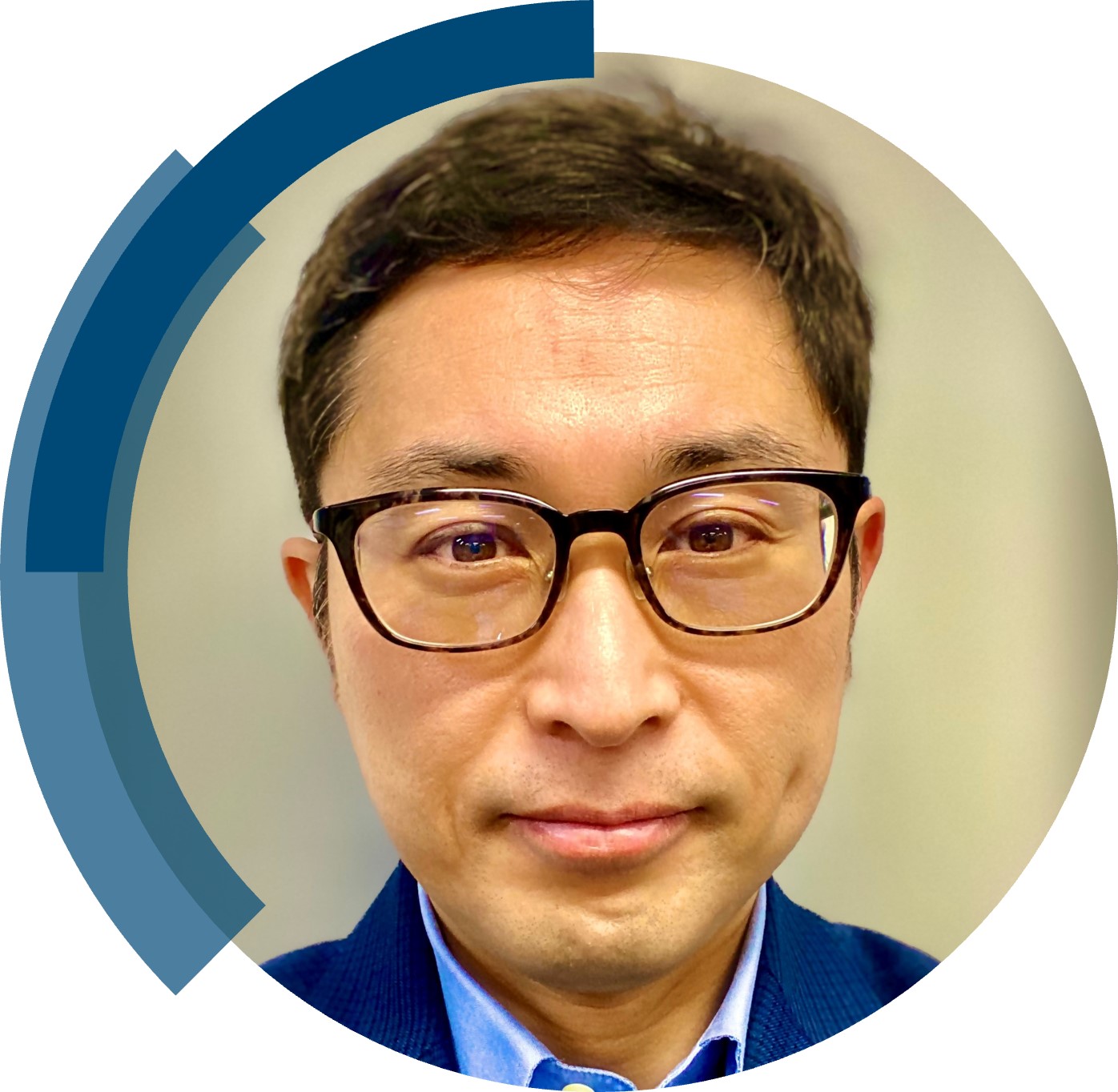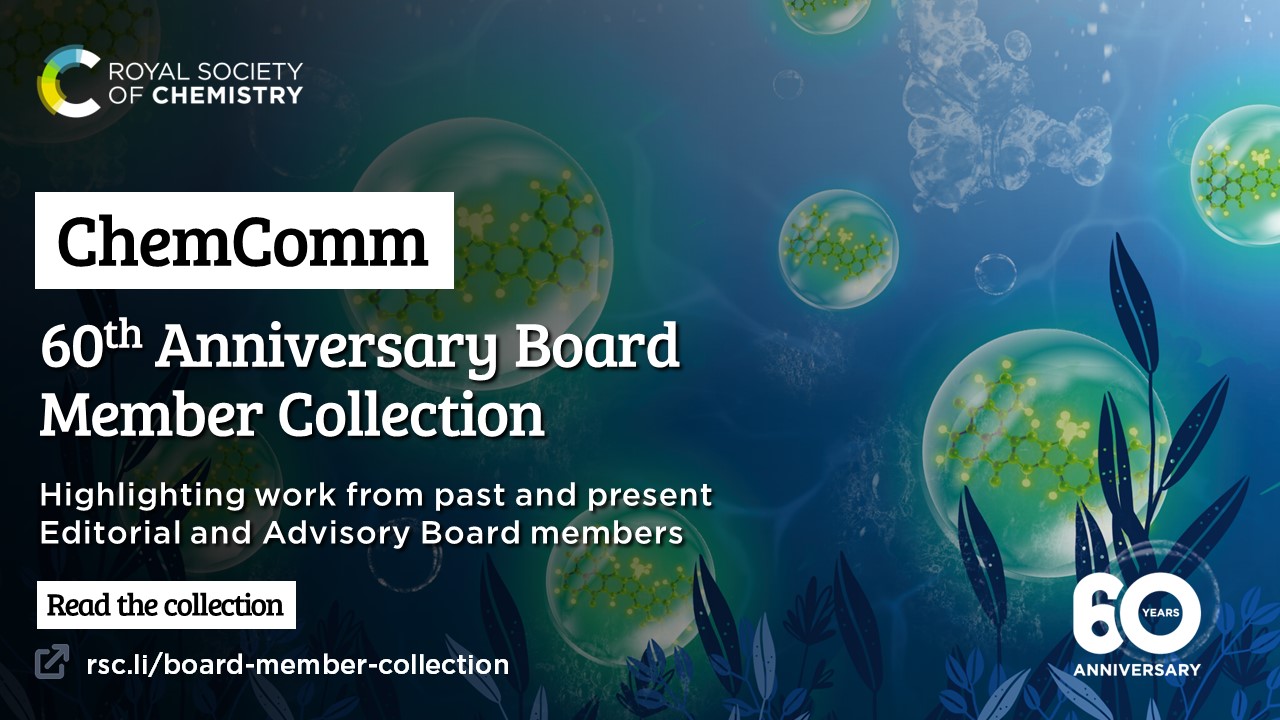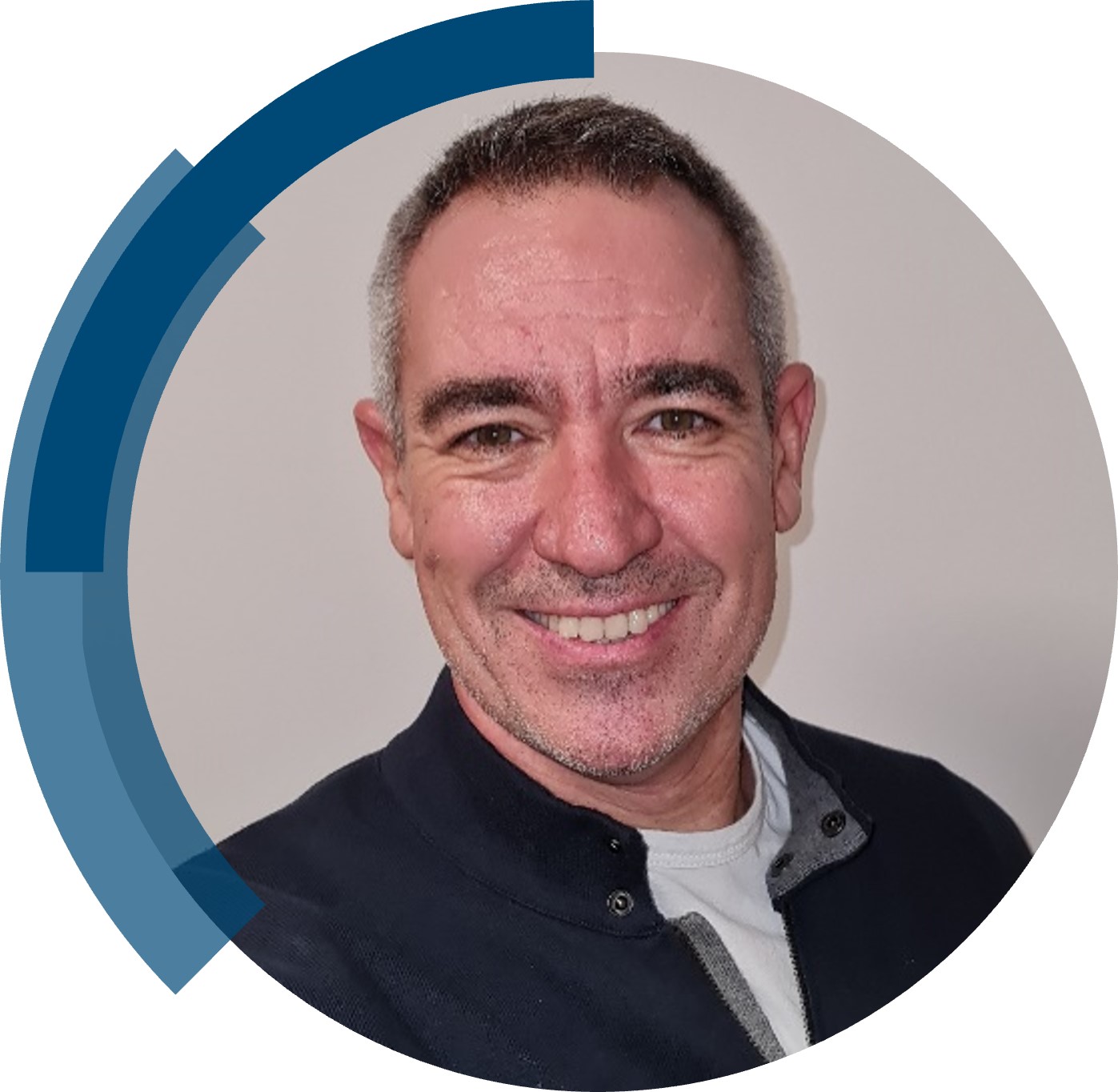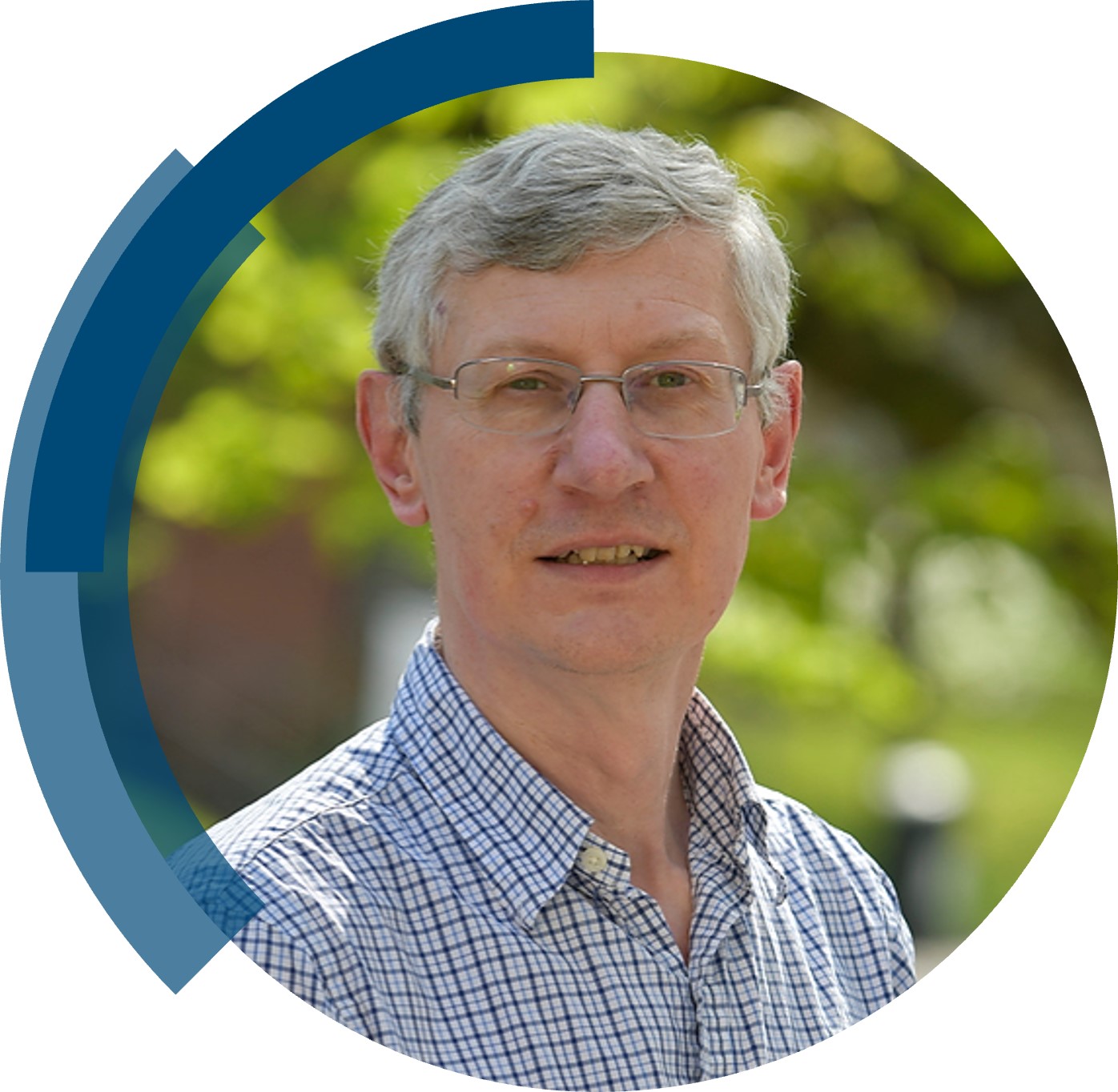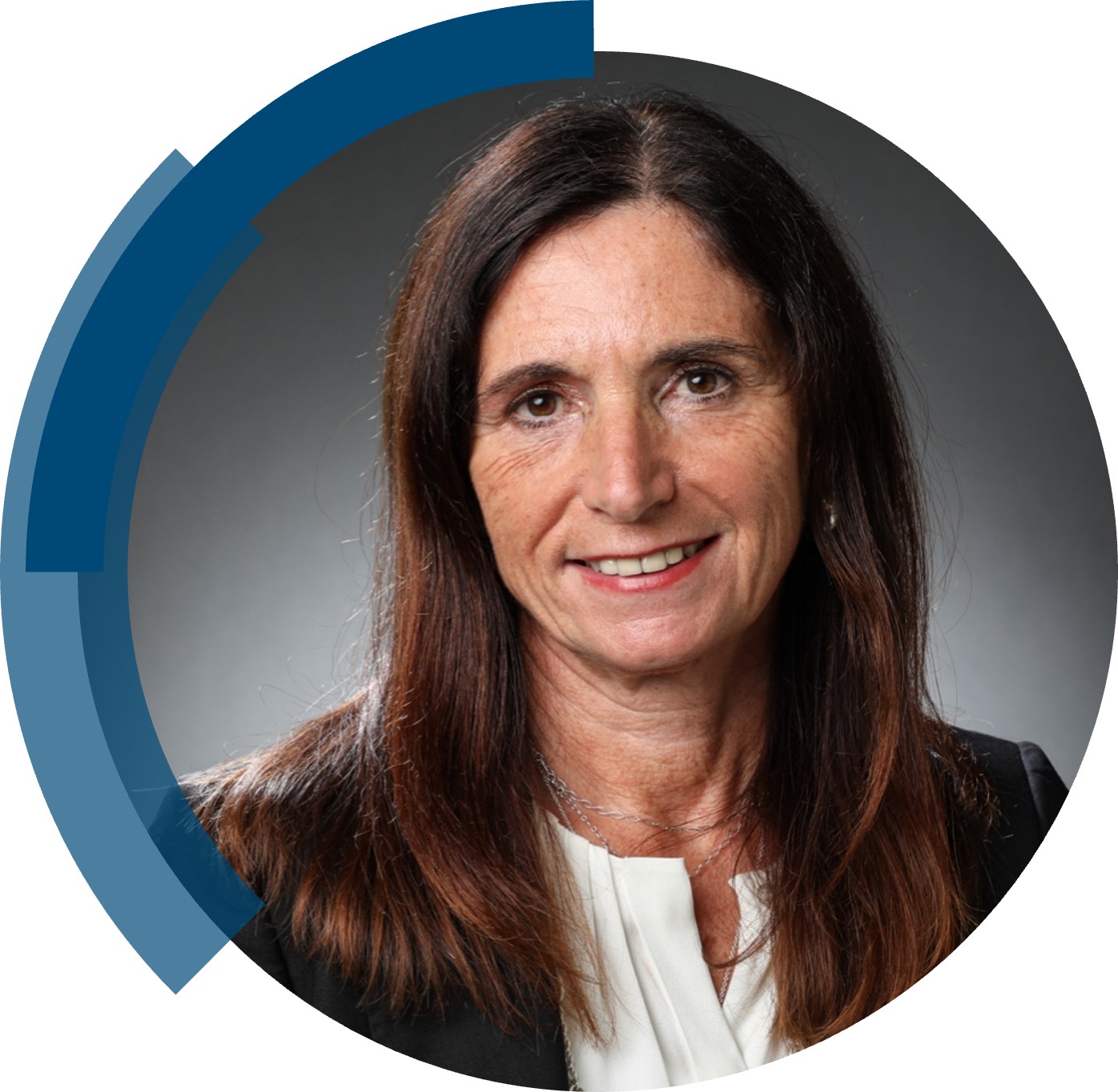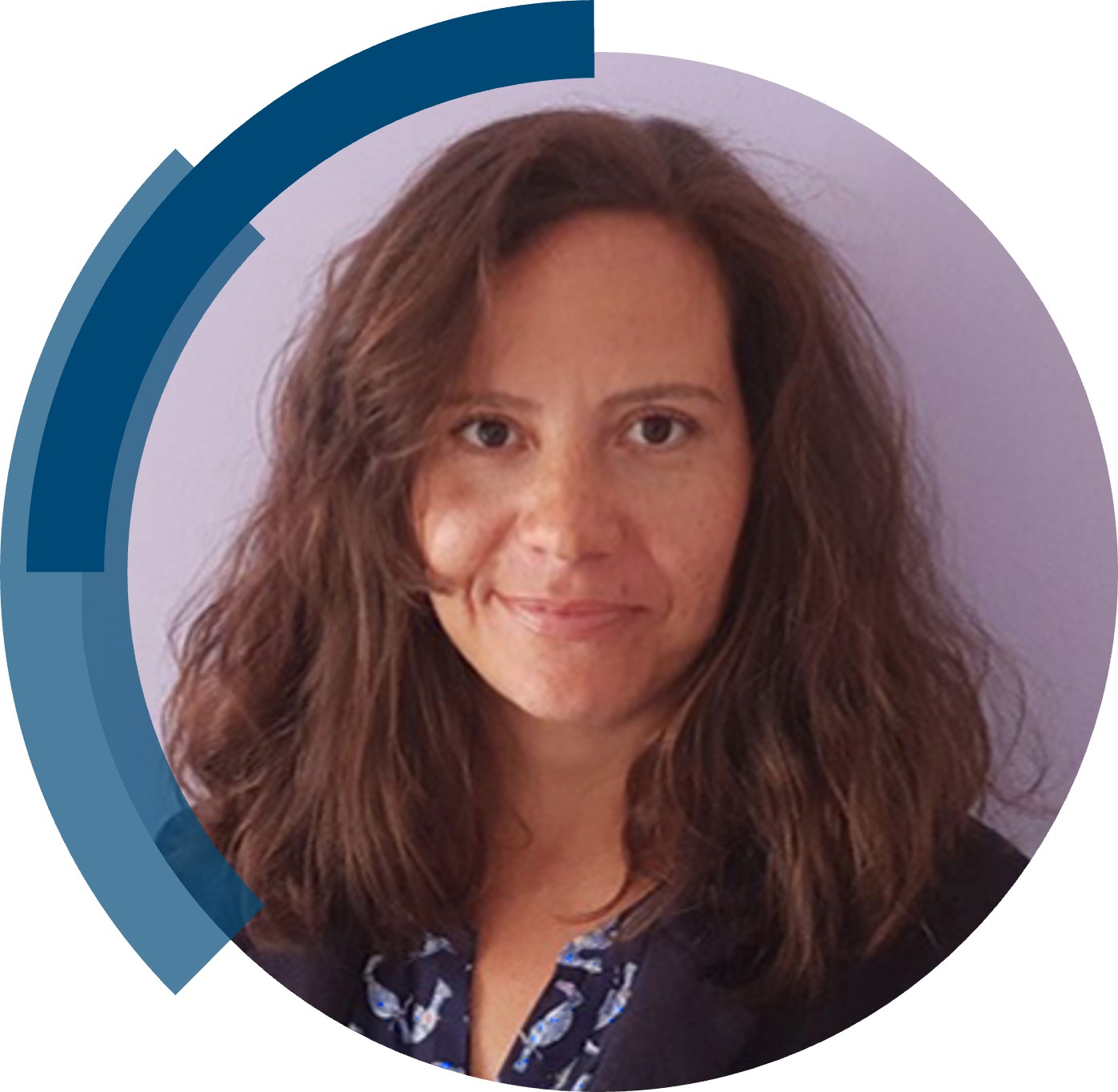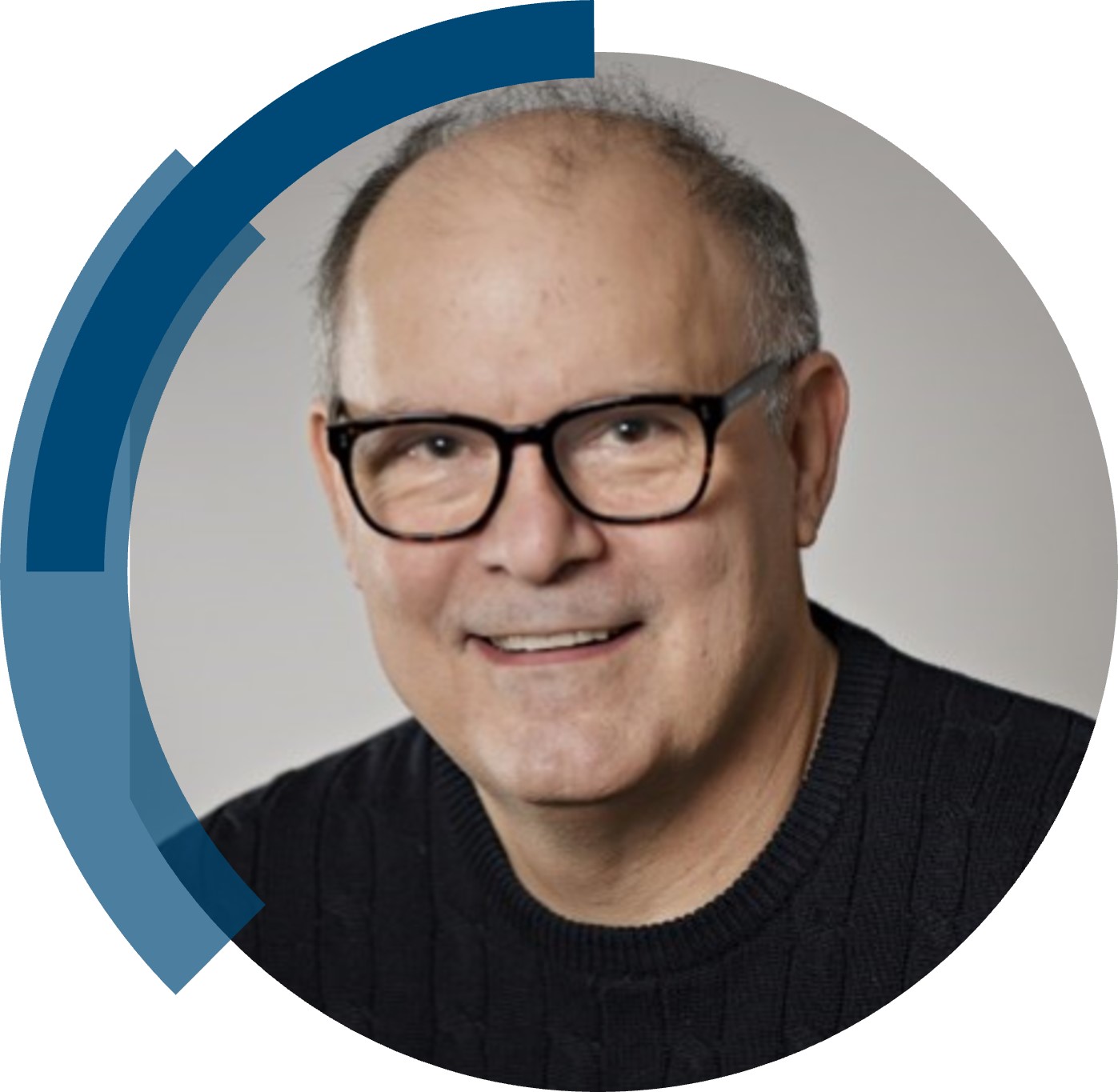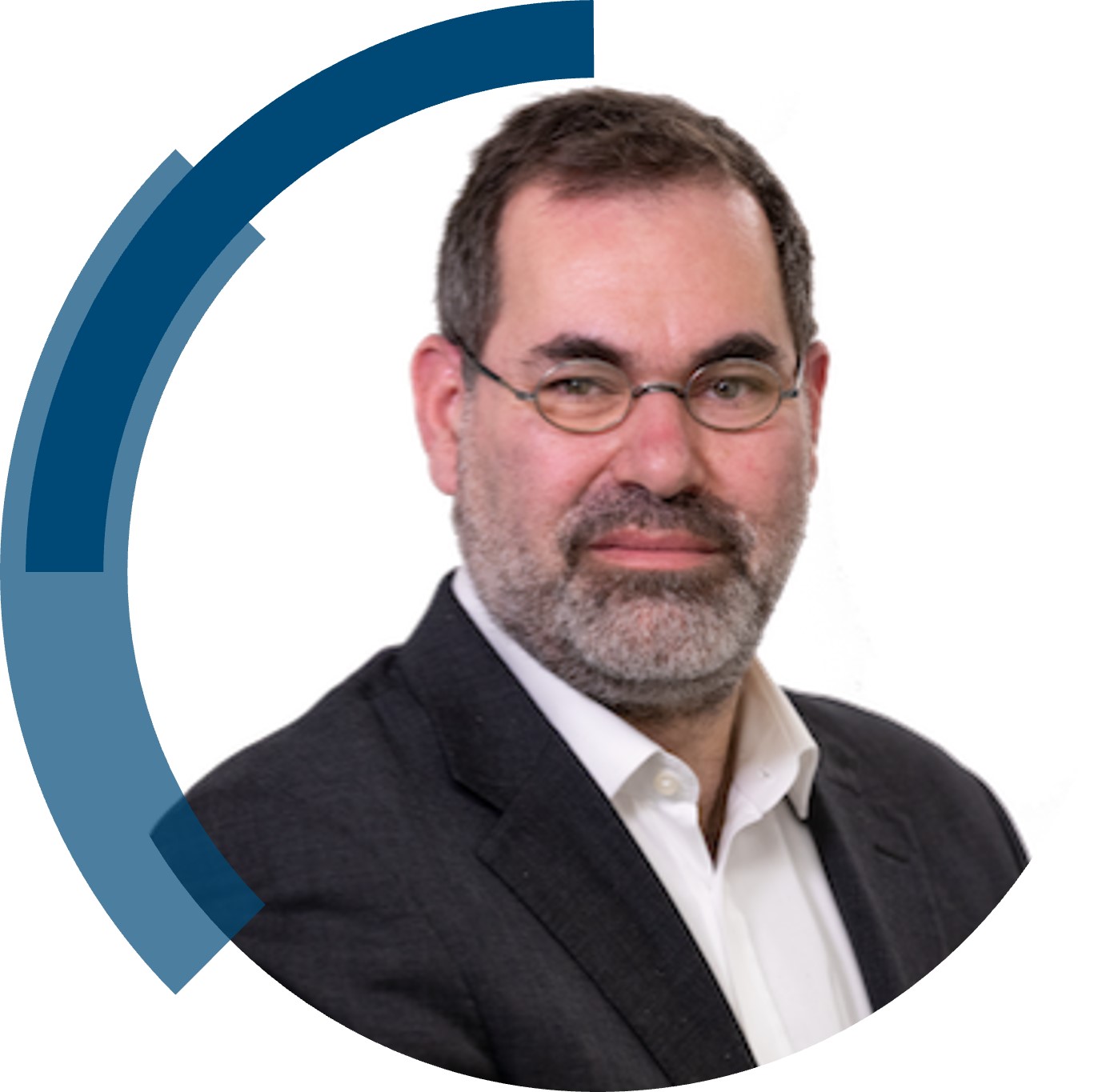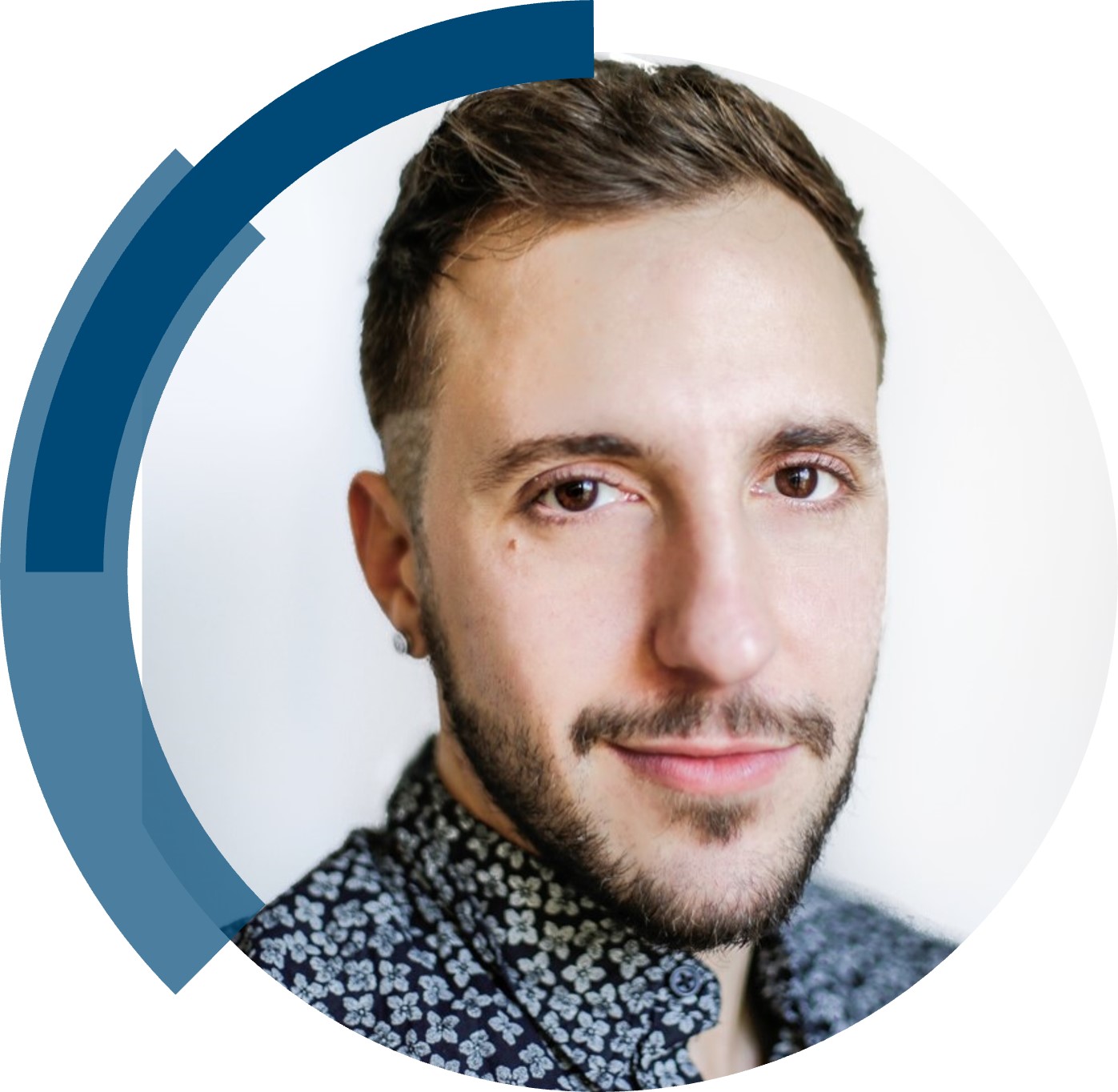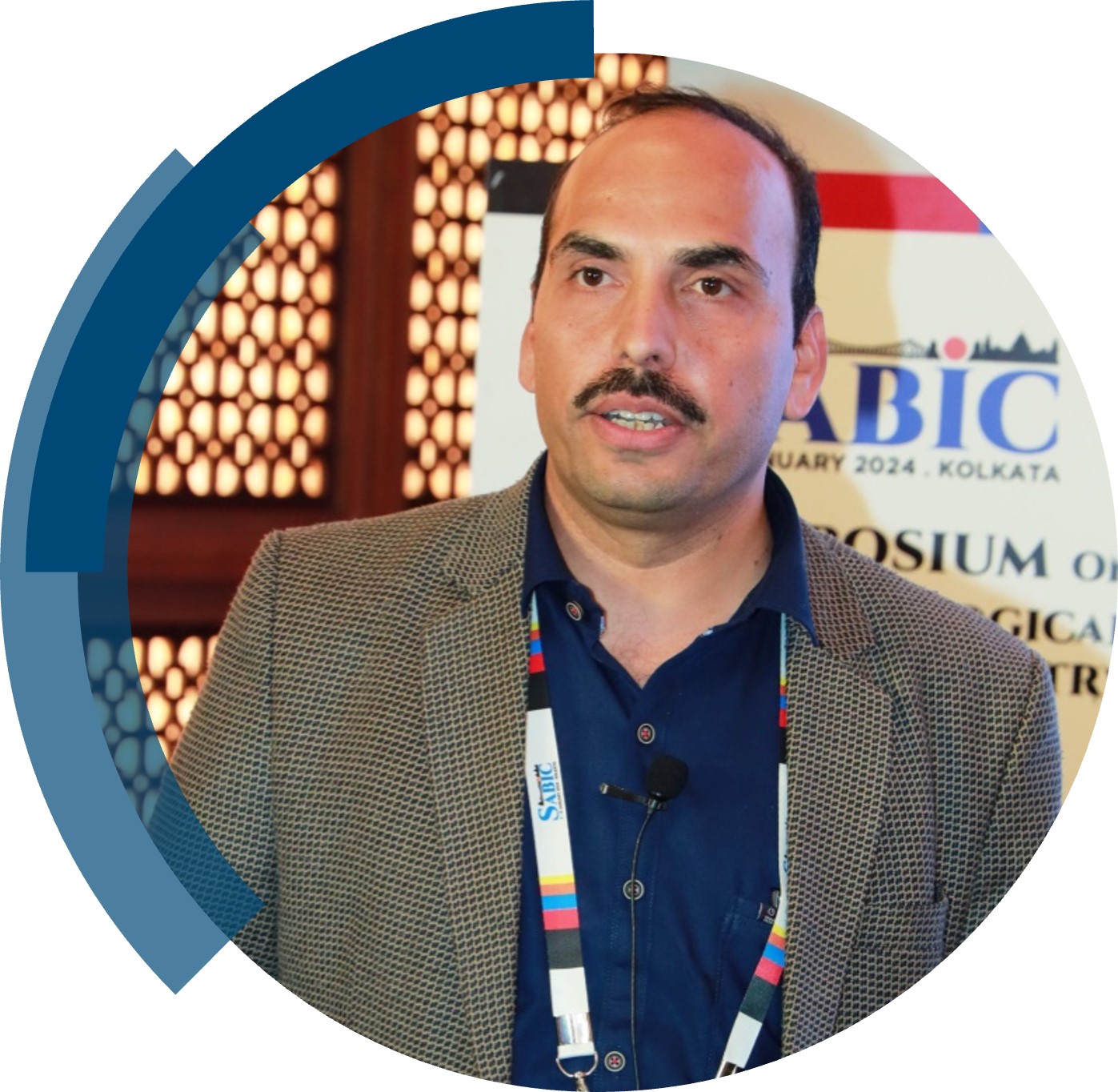ChemComm is publishing its 60th volume in 2024. Over the past 60 years, ChemComm has been the RSC’s most cited journal, and one of the most trusted venues for rapid publication of short communications. In our anniversary year, we recognise the important contributions ChemComm has made, and continues to make, in advancing the chemical sciences.
As part of our anniversary celebrations, we’ve brought together a collection featuring the latest research from some of our most loyal and dedicated authors. From those marking the beginning of their independent academic career by publishing their first article with us, to the rising stars and established leaders publishing in our yearly ‘Emerging Investigators’ and ‘Pioneering Investigators’ collections, this collection champions the contributions of our worldwide author community. We are proud many authors choose to support our journal by regularly publishing their best work with us. This collection also features papers from our ChemComm Emerging Investigator Lectureship winners, and our Outstanding Reviewer awardees, whose invaluable feedback has shaped our published content through the years.
To accompany the collection, we’ll be publishing interviews with contributing authors where they provide further insight into their research and reflect on their journey with ChemComm.
Check out our interview with Saurabh Chitnis (Dalhousie University) below!
How have you seen ChemComm evolve over the years, and what aspects do you find most noteworthy?
ChemComm has consistently kept up with the latest developments in the publishing and peer review process, whether it be adopting double-anonymized review, or permitting pre-prints, ChemComm, along with other RSC journals, is continually pushing the community towards better and faster publication practices.
What is your favourite thing about ChemComm?
The fast review process and wide range of expertise represented on the editorial board.
In what ways do you think ChemComm stands out among other journals in your field?
ChemComm really stands out because it has the word “communications” directly in its name. At a time when most journals expect researches to cram in as much as possible in each article to meet the bar for significance and novelty and reviewer demands, ChemComm’s focus on the communication format reminds reviewers and editors that brief and accurate descriptions of impactful science are more valuable to the community than (often unnecessarily) lengthy articles where it can be difficult to find the most important parts quickly.
How would you describe the peer review process and interaction with the editorial team at ChemComm?
Excellent!
Are there ways in which the journal can further support and engage with future generations of scientists?
I was fortunate to have a cover selected for one of my early papers. This provided higher visibility for work at a critical stage. The cost of the cover was quite high and while I was able to secure funds, I think early career researchers should not be charged for covers.
Could you provide a brief summary of your recent ChemComm publication?
We showed that the phosphine-azide Staudinger reaction can be used to make phosphorus-nitrogen cages that can be subsequently used to assemble crystalline metal-inorganic frameworks, or amorphous networks that show solvent and gas porosity. This represents a major step in our exploration of how hard and soft matter with differing long-range order can be accessed from simple phosphorus-nitrogen cages and reliable reactions.
In your opinion, what are the next steps or potential areas of research that could build upon the findings in this paper?
While this research dealt with the synthesis of crystalline or amorphous networks starting with phosphorus-nitrogen cages, we believe that linear polymers could also be accessed, diversifying the family of macromolecules accessible form the same basis set of PN cages and reliable Staudinger reaction. One of the key molecules in the paper, a rigid 3-dimensional di-carboxyllic acid is also being used for assembling new classes of functional porous materials.
Be sure to read Saurabh’s Communication, “Rigid PN cages as 3-dimensional building blocks for crystalline or amorphous networked materials” to learn more!













